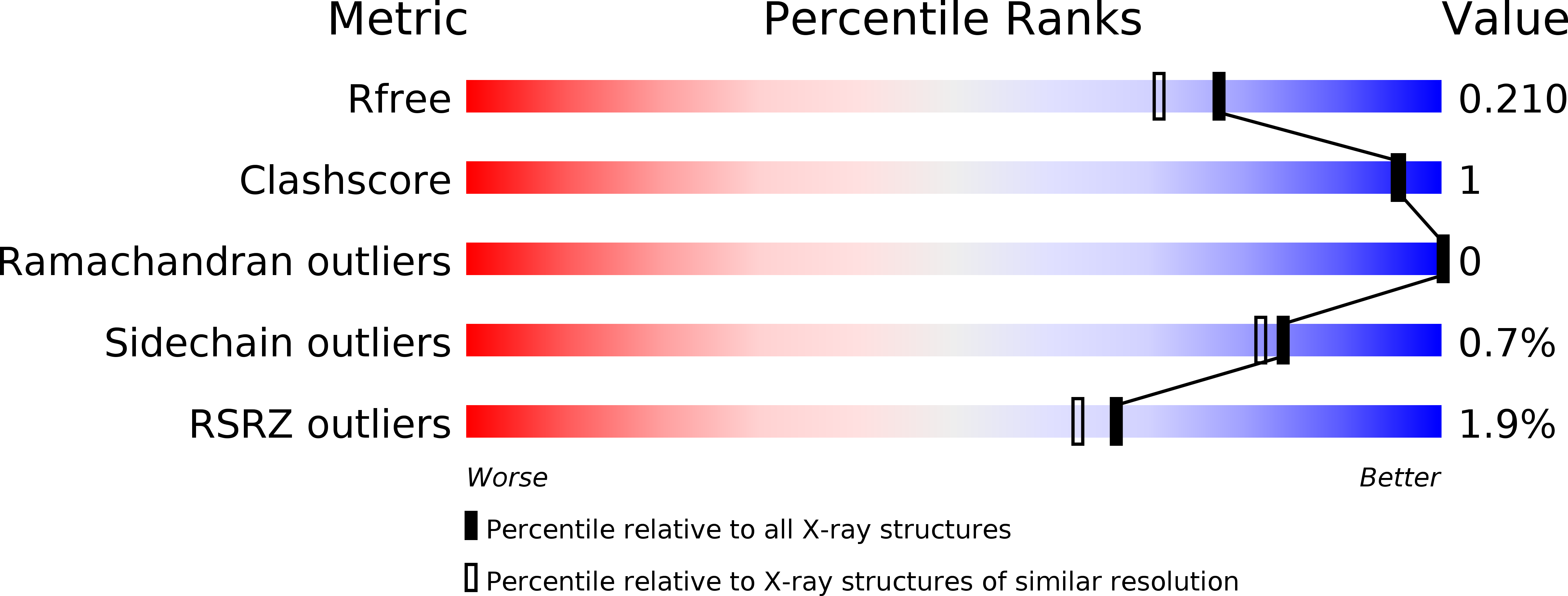
Deposition Date
2018-01-22
Release Date
2018-09-19
Last Version Date
2024-11-13
Entry Detail
PDB ID:
5Z6F
Keywords:
Title:
High-pressure Crystal Structure Analysis of DHFR(0.1 MPa)
Biological Source:
Source Organism:
Escherichia coli (strain K12) (Taxon ID: 83333)
Host Organism:
Method Details:
Experimental Method:
Resolution:
1.80 Å
R-Value Free:
0.21
R-Value Work:
0.17
R-Value Observed:
0.17
Space Group:
P 21 21 21


